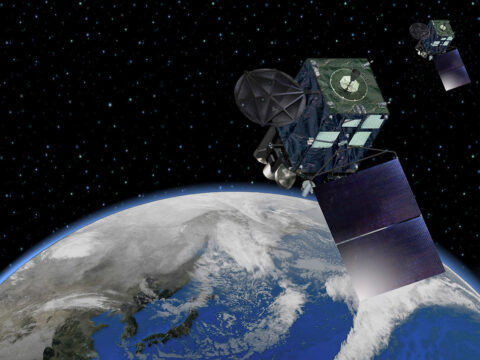We all know that regular maintenance is key to keeping a car in good condition, but did you know that not driving your car can be just as harmful? Many vehicle owners are surprised to discover that neglecting to take their car for a spin can lead to a host of unexpected problems. In this article, we’ll explore 15 surprising issues that can arise when you let your car sit idle for too long.
Contents
Battery Drain

When a car isn’t driven regularly, the battery isn’t charged by the alternator, causing it to lose power over time. Modern vehicles often have many electronic systems that draw power even when the car is off, accelerating the battery drain and potentially leading to a dead battery.
Tire Damage
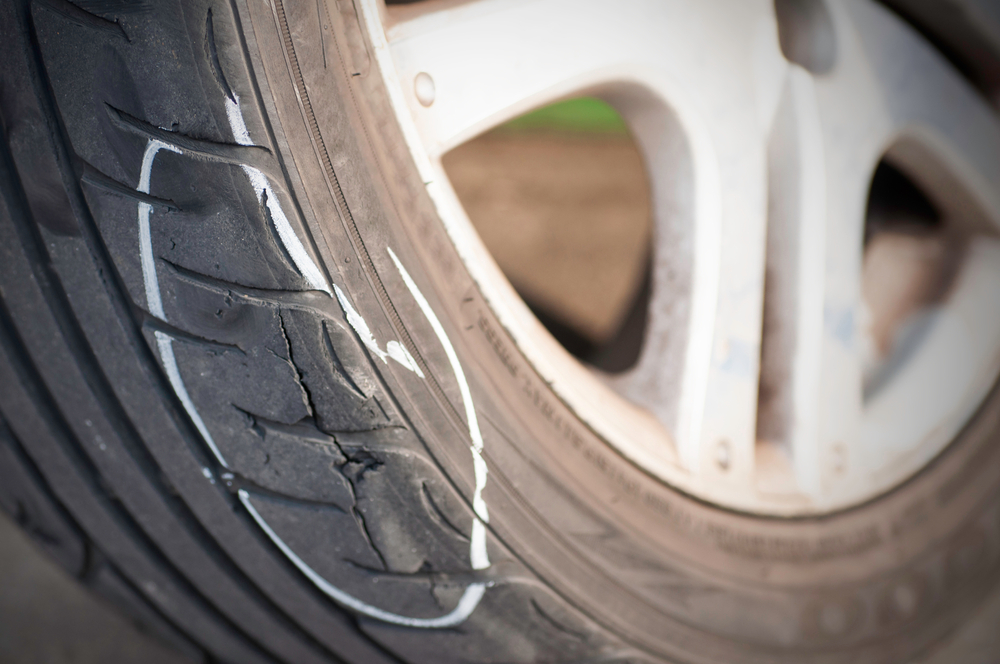
Tires can develop flat spots when they sit in one position for extended periods. This can cause a bumpy ride and may even necessitate tire replacement. Additionally, rubber compounds in tires can dry out and crack without regular movement, reducing their lifespan and safety.
Brake Issues
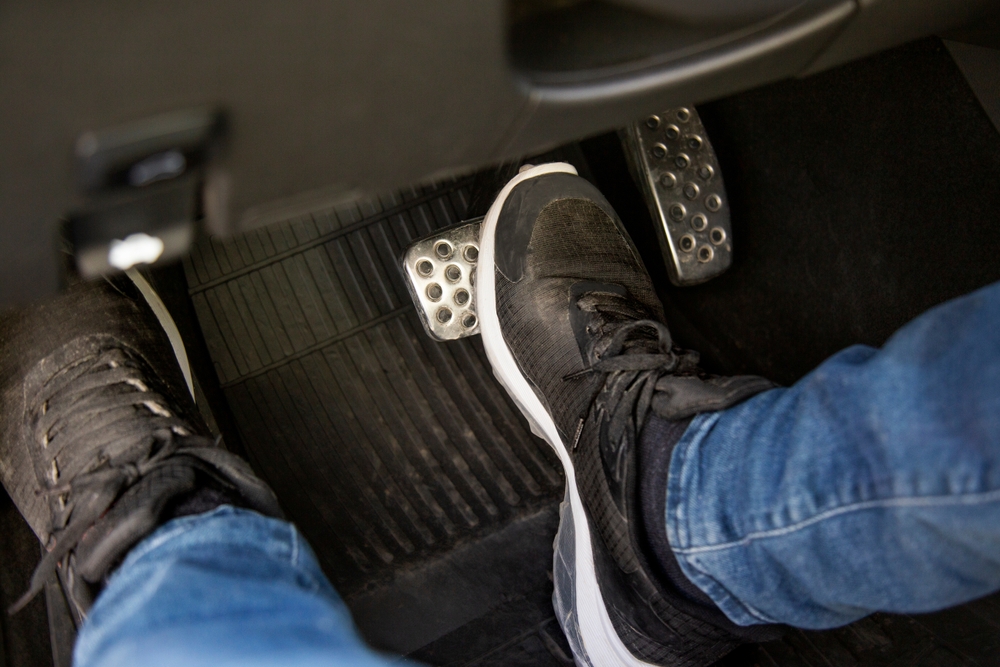
Brakes can rust, especially on the rotors and calipers, when not used regularly. This rust can reduce braking efficiency and lead to increased wear on brake components. In severe cases, rust can cause brakes to seize, making the car unsafe to drive.
Fluid Degradation
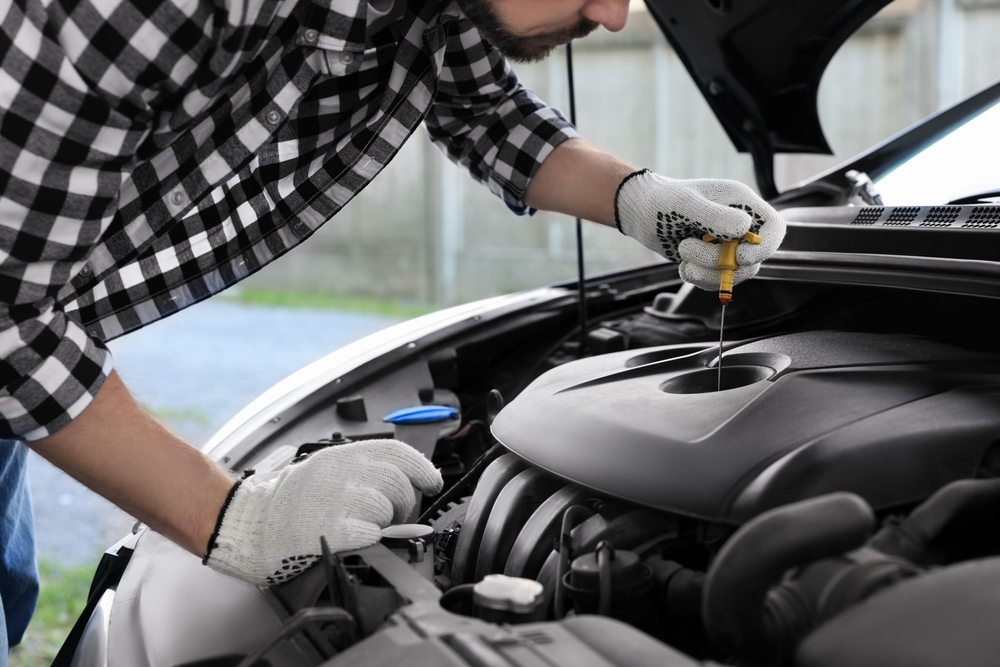
Car fluids, including engine oil, brake fluid, and coolant, can degrade over time. Without regular circulation, these fluids can separate or become contaminated, leading to reduced lubrication, cooling, and braking performance, which can cause significant damage to the engine and other systems.
Fuel Problems
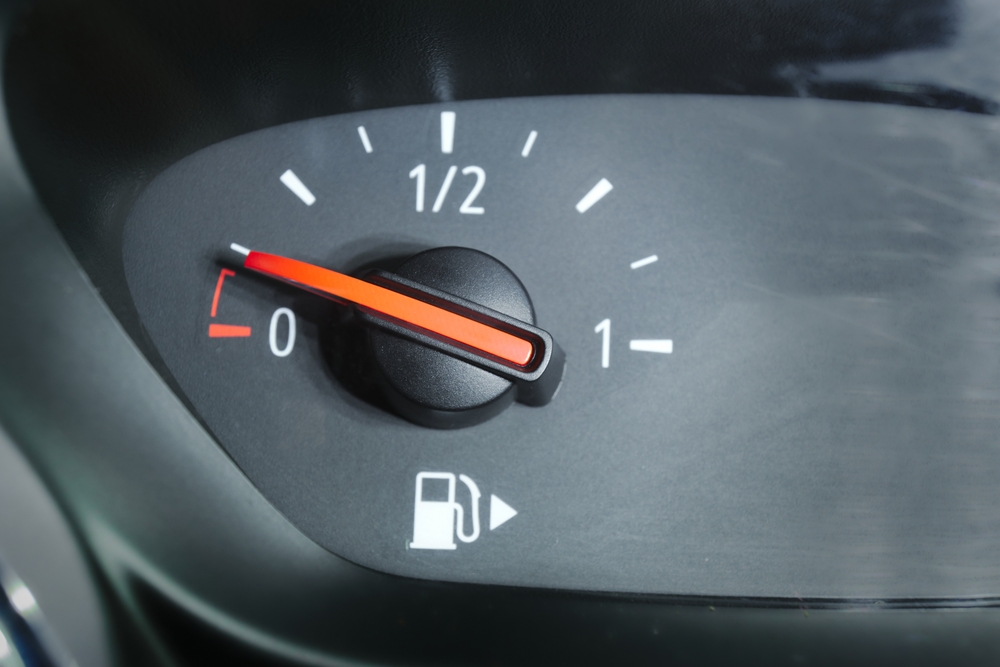
Gasoline can go stale over time, leading to the formation of varnish and gum that can clog fuel injectors and filters. This can cause poor engine performance, difficulty starting the car, and potential damage to the fuel system.
Pest Infestations
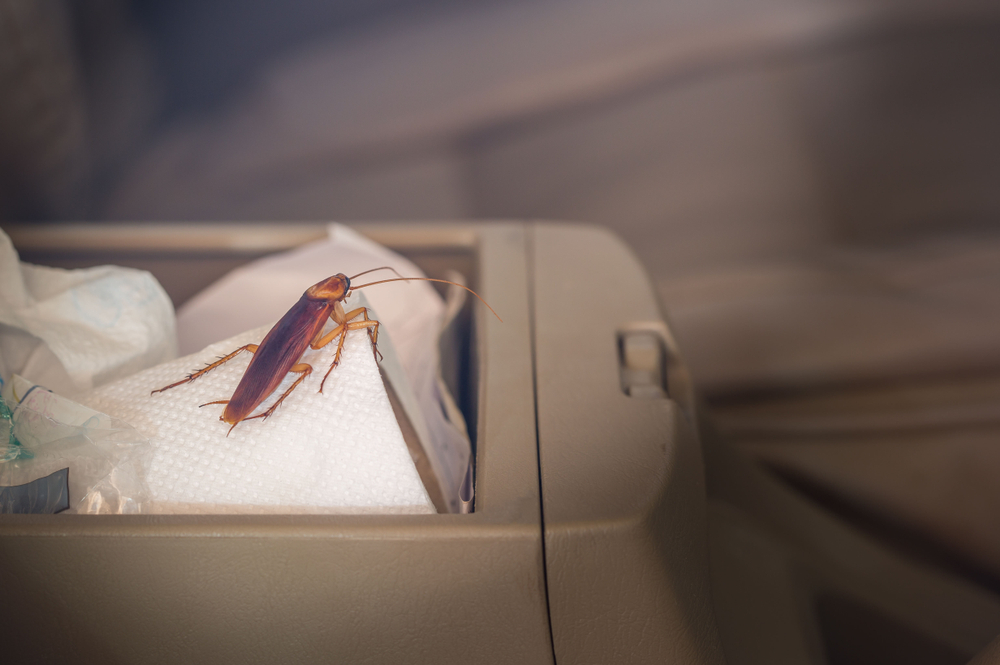
An idle car can become an attractive nesting place for rodents and insects. These pests can chew through wiring, hoses, and insulation, causing extensive damage to the vehicle’s electrical and mechanical systems.
Rust and Corrosion
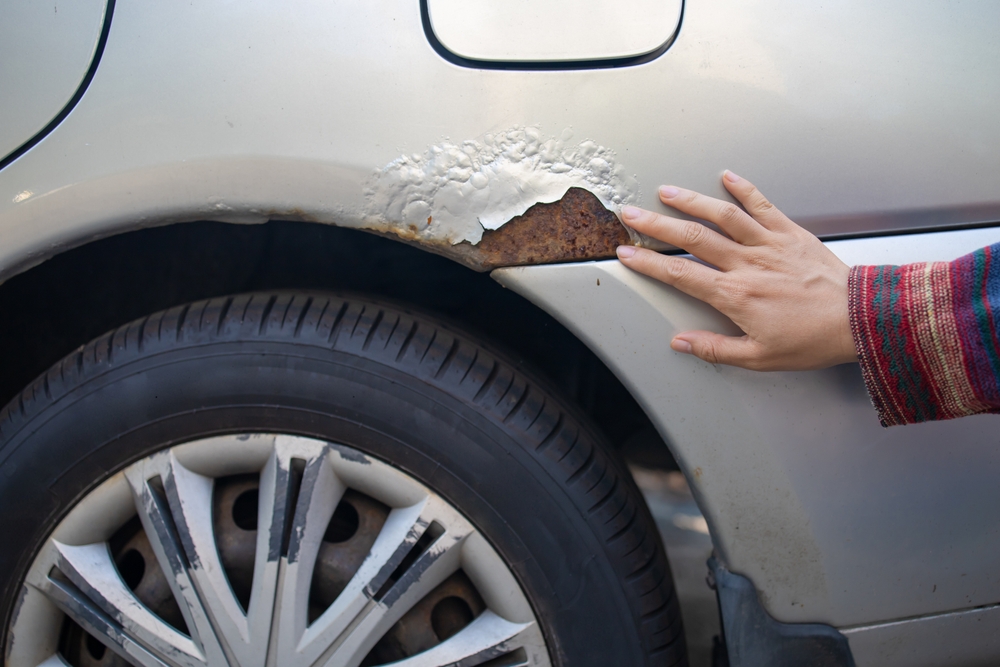
Metal parts in a car can rust and corrode without regular use and lubrication. Moisture can accumulate in areas like the exhaust system, undercarriage, and engine components, leading to rust that compromises structural integrity and performance.
Tire Pressure Loss
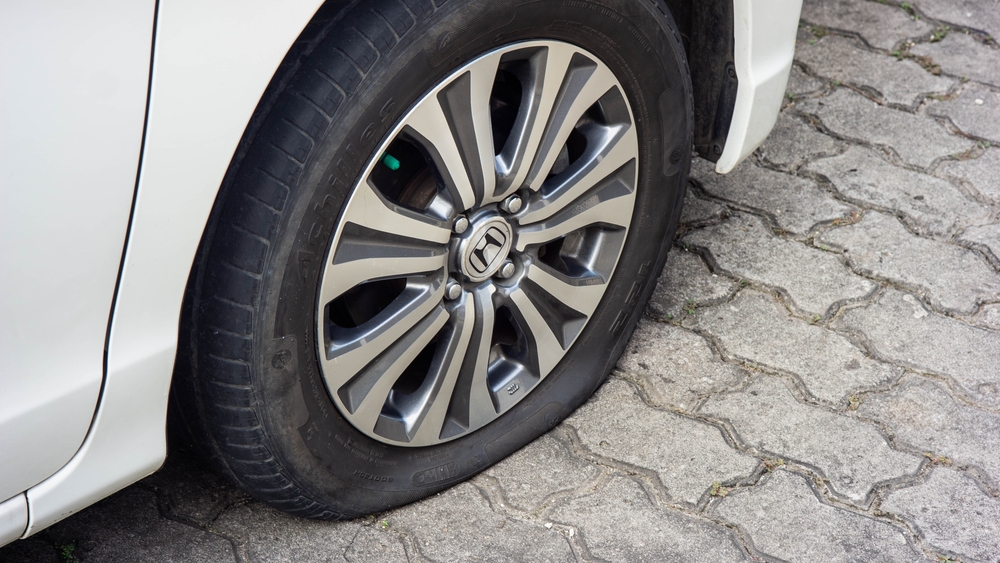
Tires naturally lose air over time. When a car isn’t driven, this loss isn’t noticed and corrected, which can lead to under-inflated tires. Under-inflated tires can cause poor handling, reduced fuel efficiency, and increased tire wear.
Brake Fluid Absorption
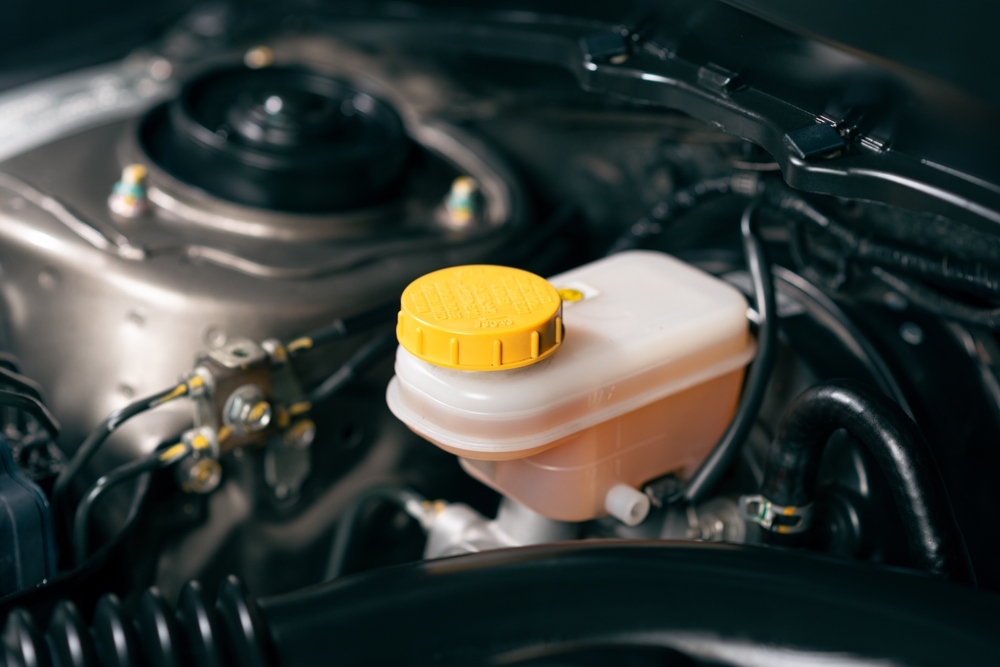
Brake fluid is hygroscopic, meaning it absorbs moisture from the air. When a car isn’t driven, this moisture can accumulate, leading to brake fluid contamination. Contaminated brake fluid reduces braking efficiency and can cause brake failure.
Transmission Issues
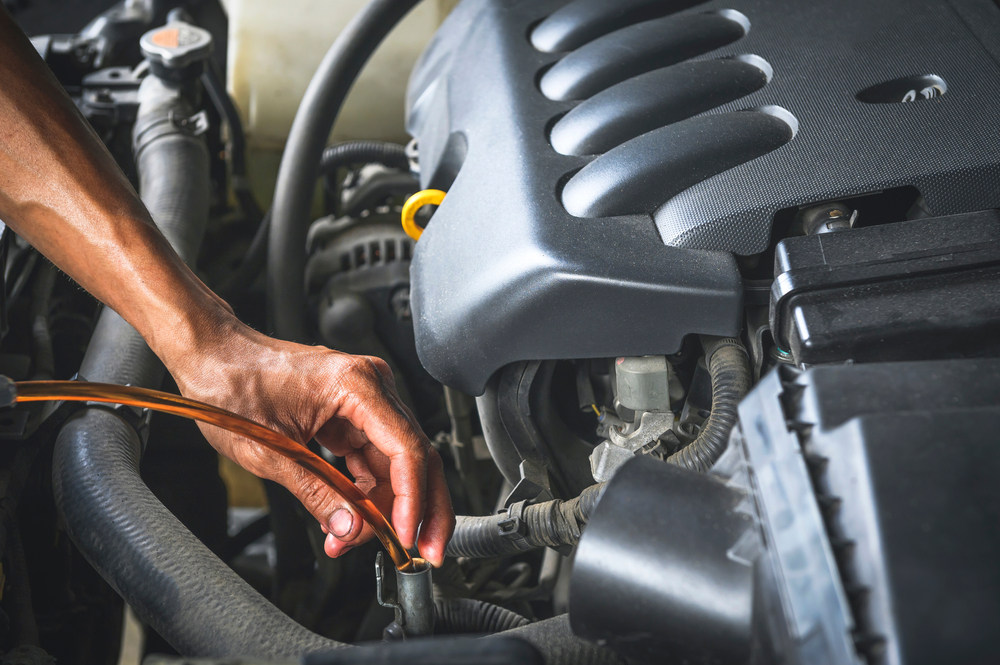
Transmission fluid can degrade over time, losing its ability to lubricate and cool the transmission effectively. Without regular driving, the fluid doesn’t circulate, leading to potential transmission damage and costly repairs.
Engine Misfires
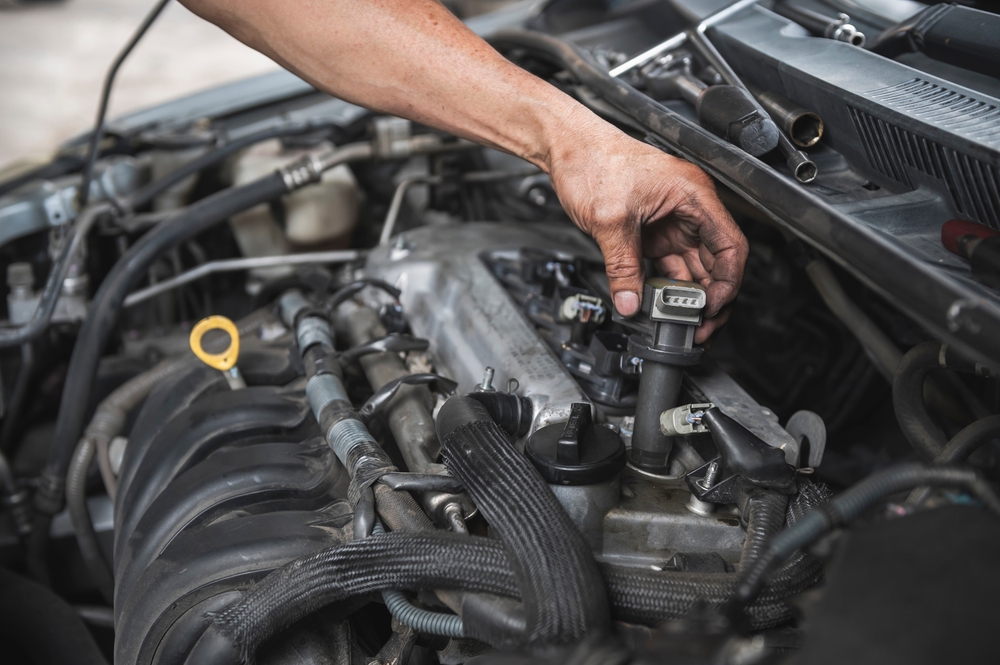
Lack of use can cause spark plugs to foul and fuel to degrade, leading to incomplete combustion. This can cause the engine to misfire, which affects performance, and fuel efficiency, and can cause long-term engine damage.
Exhaust System Damage
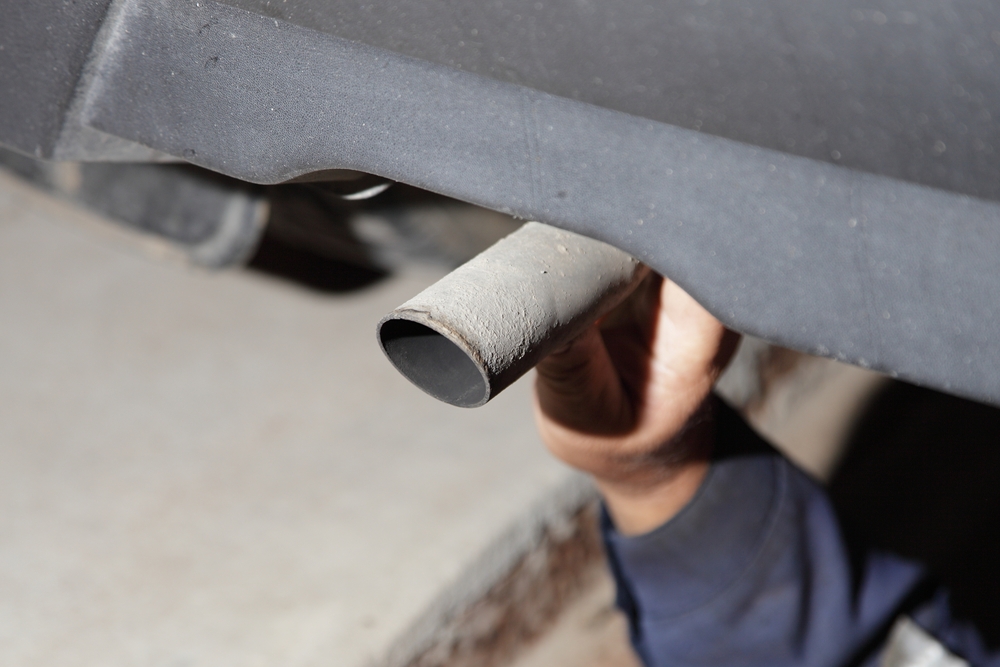
Moisture can accumulate in the exhaust system if a car isn’t driven, causing rust and corrosion. This can lead to exhaust leaks, reduced performance, and increased emissions.
Suspension Problems
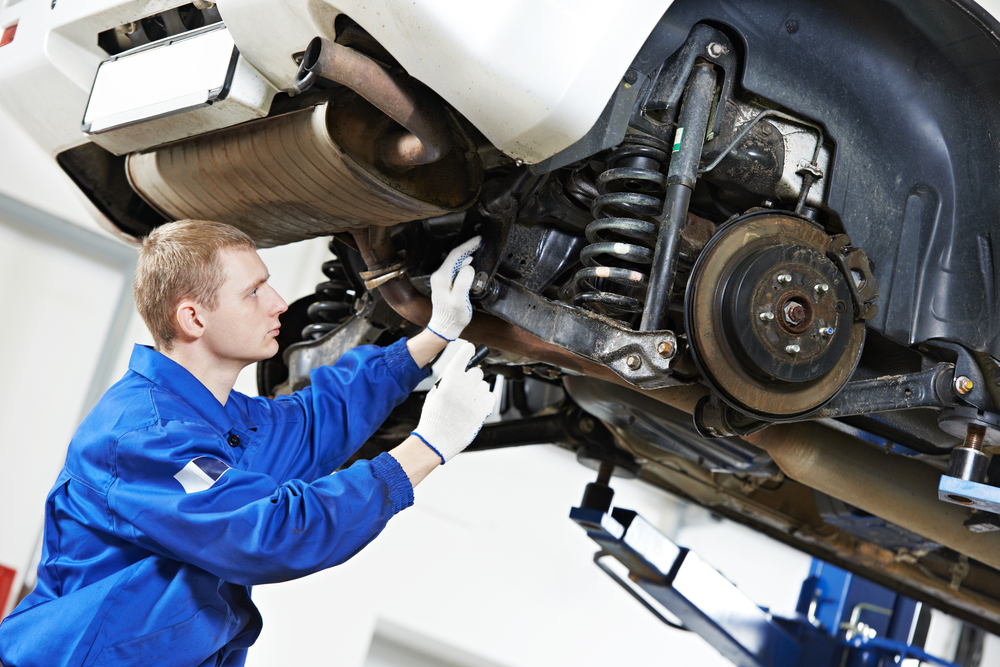
Suspension components, including shocks and struts, can develop issues if they remain static for too long. Without regular movement, they can lose their effectiveness, leading to a rough ride and poor handling.
Electrical System Failures
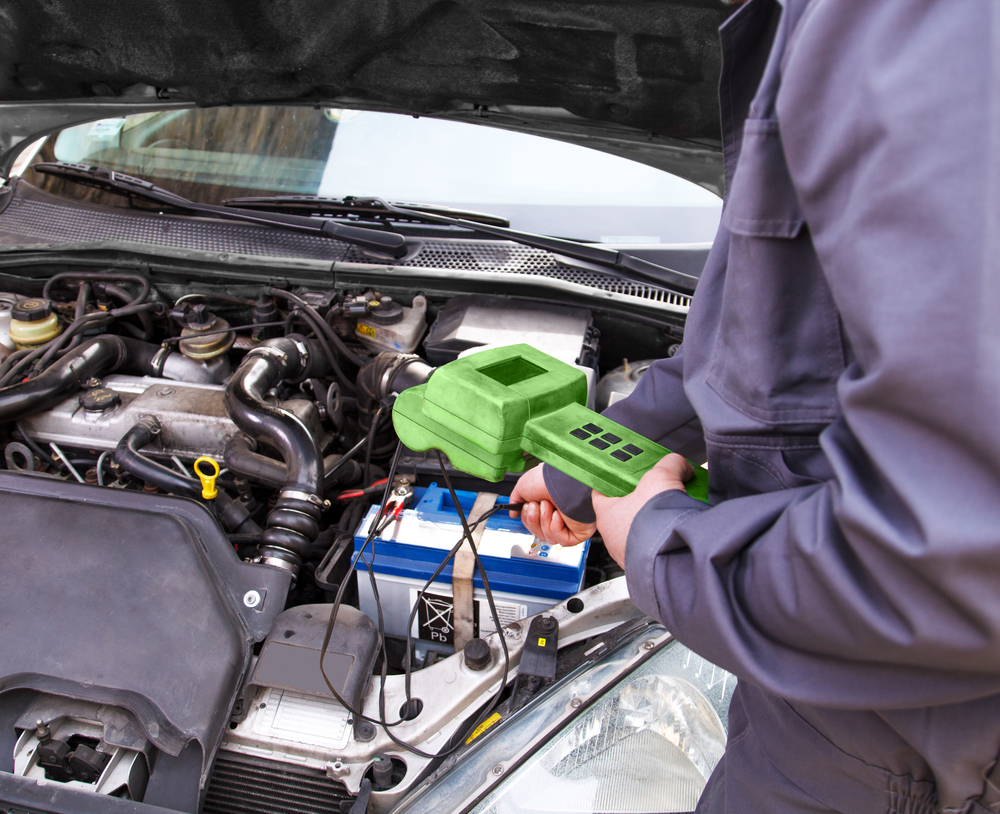
Electrical components and connections can corrode and fail if not used regularly. This can lead to a variety of issues, including starting problems, malfunctioning lights, and faulty sensors.
Air Conditioning Issues

The air conditioning system can develop mold and lose effectiveness without regular use. The refrigerant can leak, and the system might not cool the car as well, leading to uncomfortable driving conditions and potential health hazards.
This article originally appeared in MyCarMakesNoise.
More from MyCarMakesNoise
10 Groundbreaking Innovations Introduced by the Toyota Prius
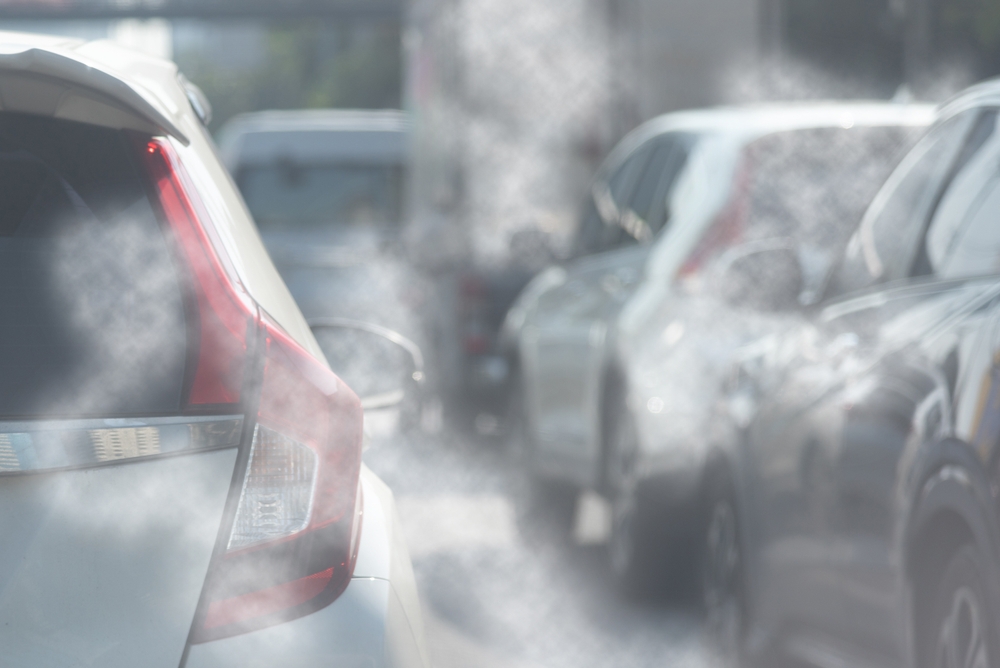
The Toyota Prius, introduced in 1997, was a groundbreaking vehicle that brought several revolutionary changes to the automotive industry and consumer habits. Here are ten significant transformations it catalyzed. Read More.
13 Most Overhyped Cars That Failed to Deliver

Expectations often run high when a new car model is announced, especially when it promises groundbreaking features and performance. The anticipation builds with each teaser, creating a buzz among car enthusiasts and potential buyers alike. Read More.
25 Most Durable Cars Ever Made
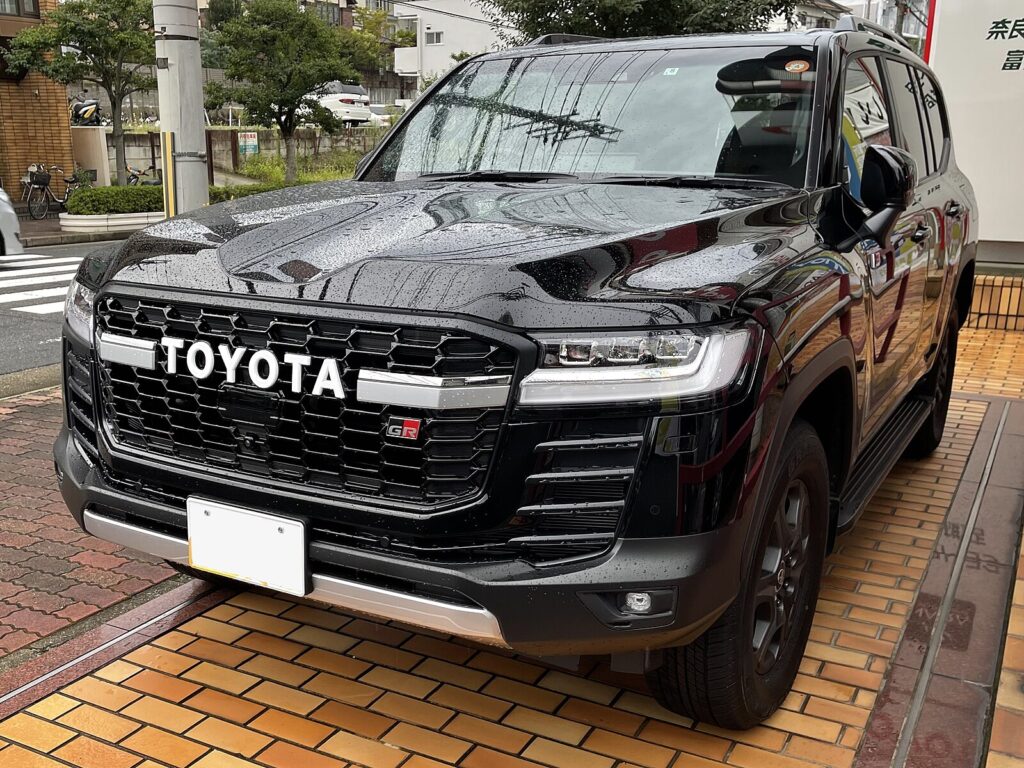
When it comes to choosing a car, reliability and longevity are often top priorities. Some vehicles stand out from the rest, earning reputations for their exceptional durability and ability to go the extra mile. Read More.




